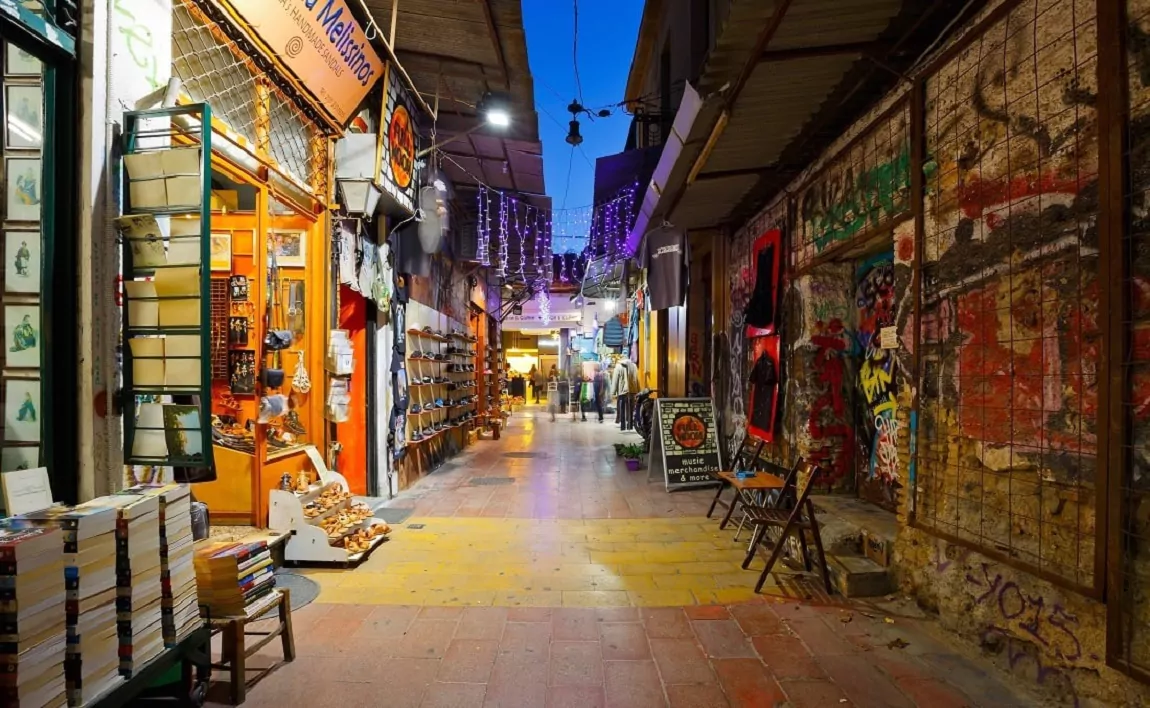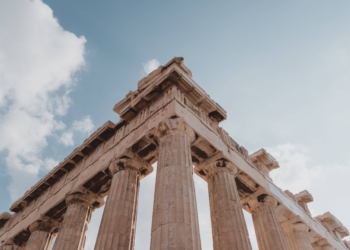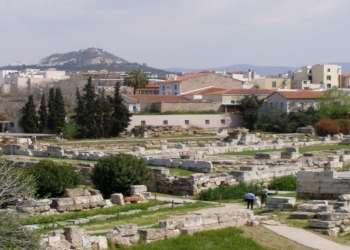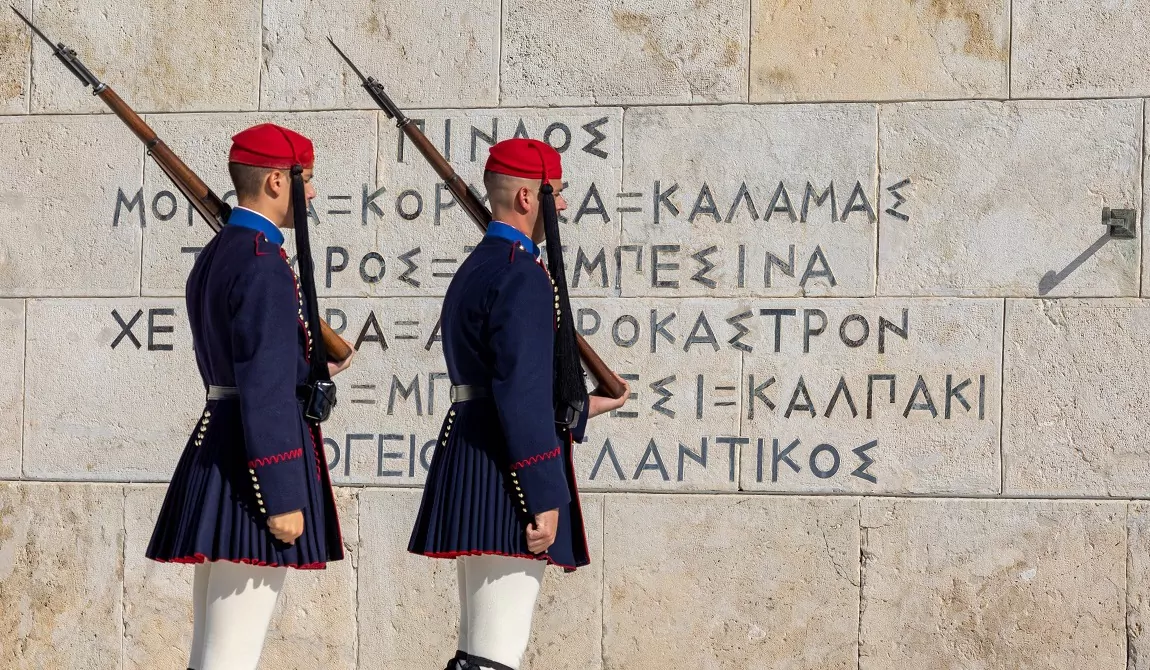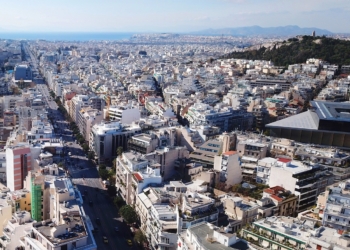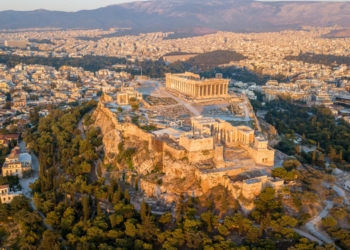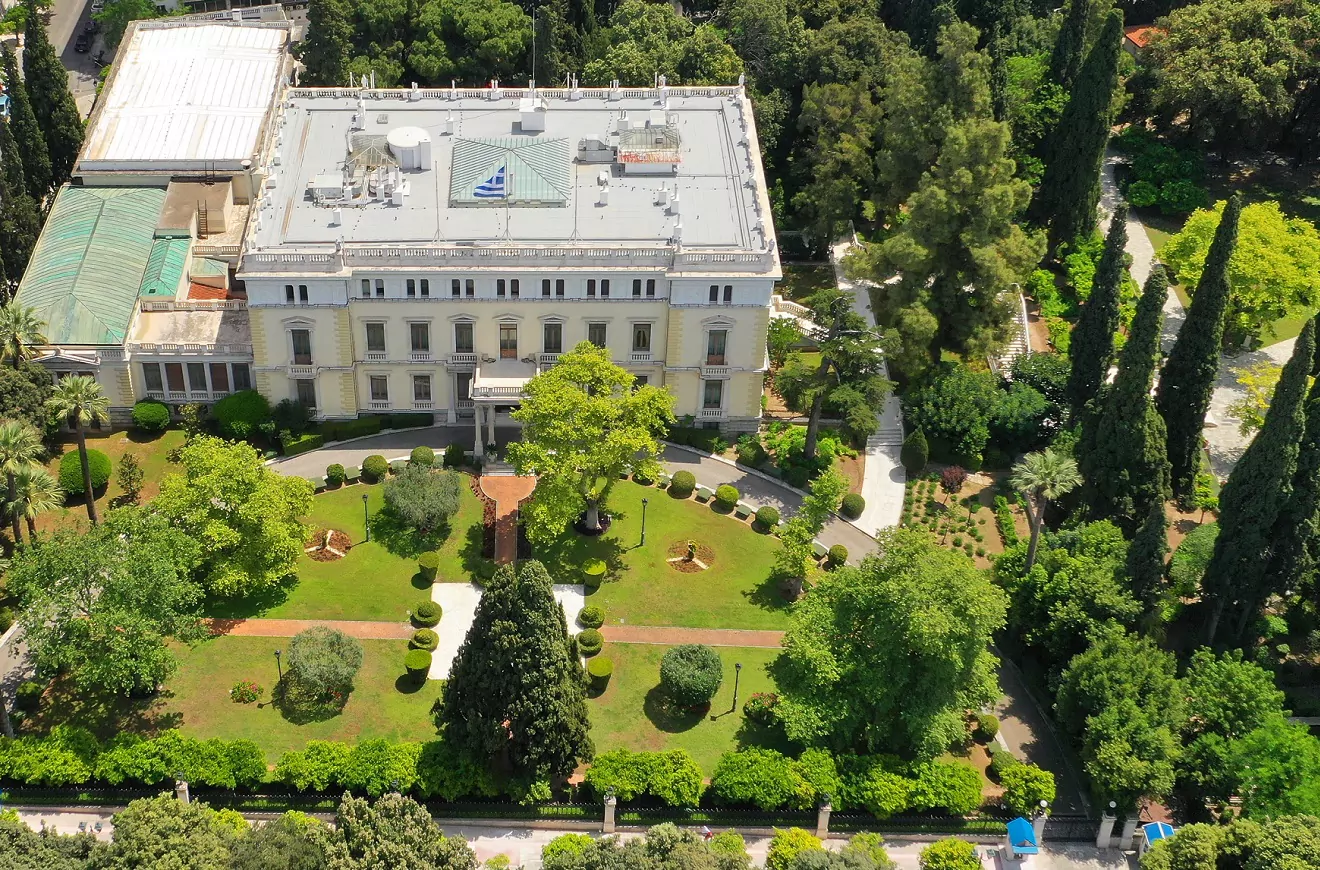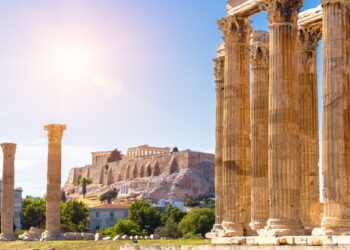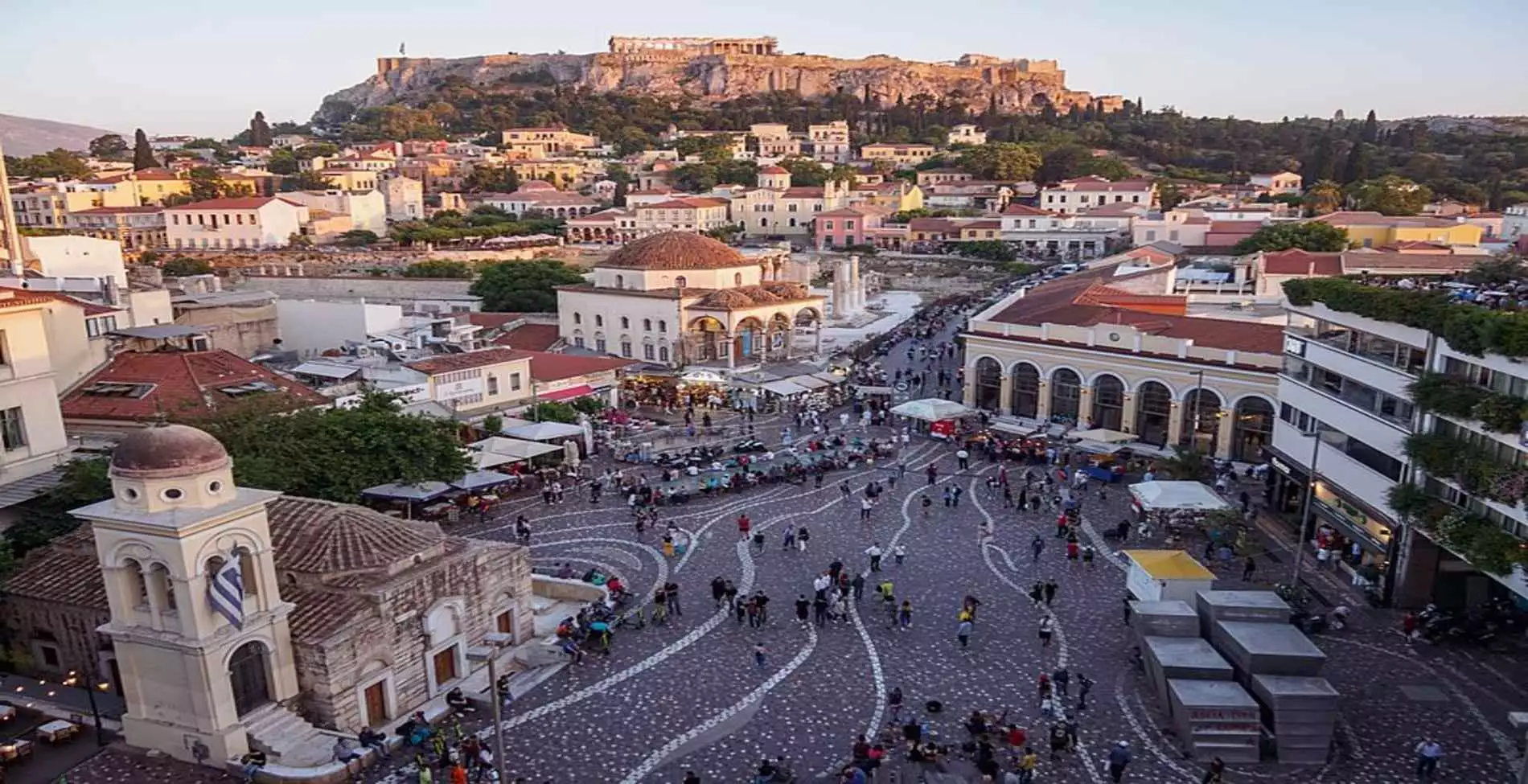name Monastiraki is a historic square in the city of Athens, known as Monastiraki Square. For decades, it has served as a delightful and promising meeting spot for Athenians. After all, what better starting point could there be than the embrace of the Acropolis? A vibrant cobblestone carpet covers the square. This carpet made up of mosaic blocks of marble, stone, and carved cast iron, represents the diversity of Mediterranean cultures.
The water-carrier, the iceman and other vanished professions of old Athens
A blend of rhythms, eras, and cultures
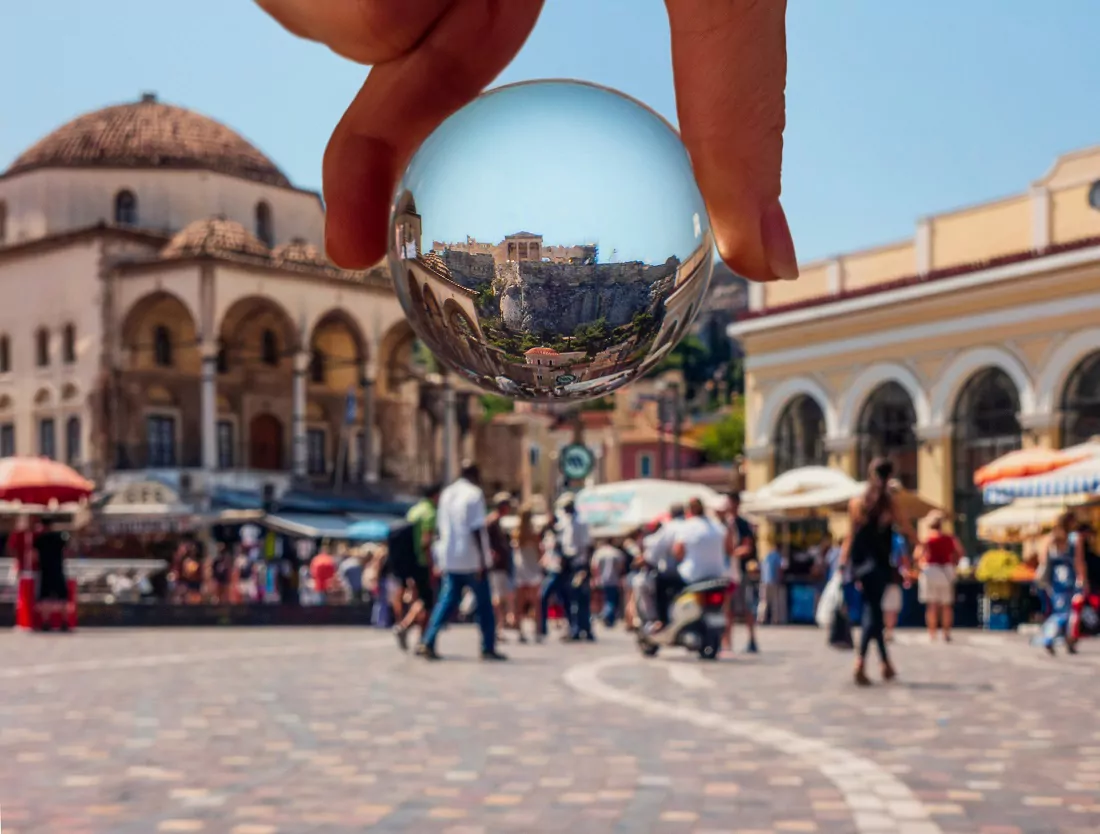
People of all ages from across the basin constantly flow through Monastiraki, or they sit and enjoy the square. Street vendors, wandering artists, and tourists all contribute to the diverse faces of Athens. Monastiraki itself is a blend of rhythms, eras, and cultures. The square isn’t a product of urban planning, but rather a point that has always adapted to the changing urban fabric. Yet, the sheltered space it creates is like a “theatrical stage,” offering viewers various images and perspectives of the city. It’s worth noting that during the Turkish occupation, Monastiraki’s broader area served as the city’s commercial center (Staropazaro, Pano, and Kato Bazaar).
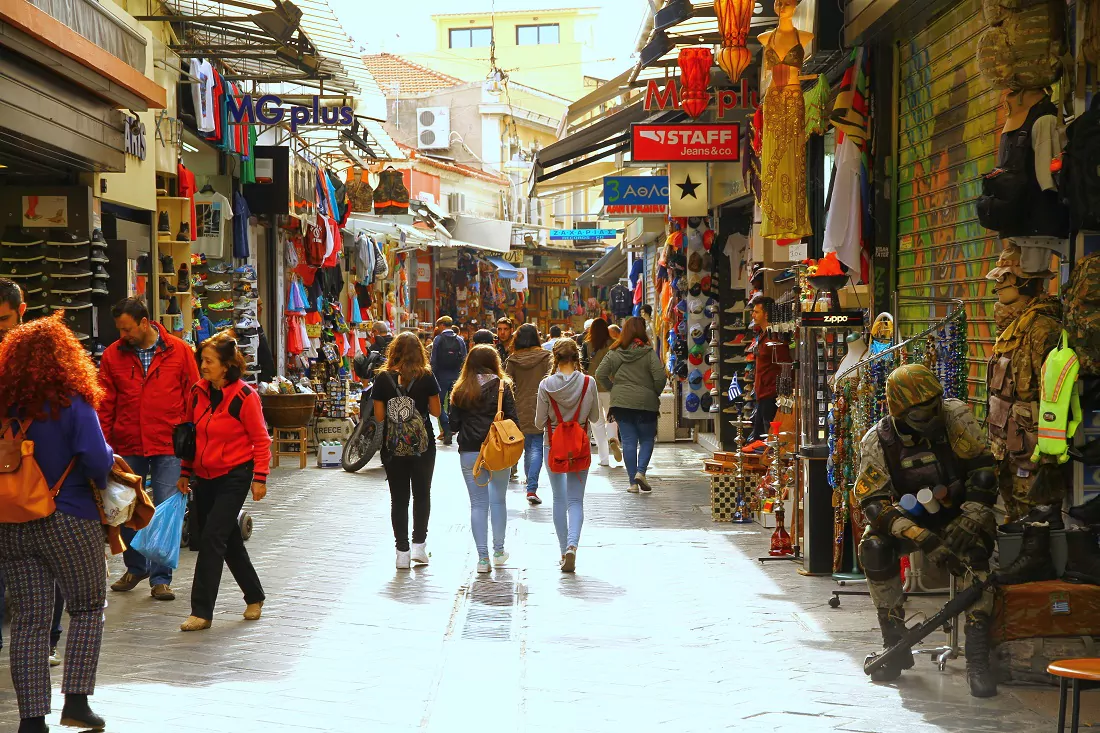
The historic Hephaestus Street begins right next to the train station. This picturesque alley once housed Athens’ blacksmith shops, and the entire area was known as “Gyftika.” Historians and Athenian writers suggest that Gypsies who migrated from Egypt to Greece shortly before the Turkish occupation originally established the area.
A little further on Athinas Street, there’s a chapel in central Athens that you might not have noticed. The construction of the power station bisected the commercial street of Hephaestus, which used to extend to the Metropolis Square. The eastern part took on the name Pandrosou str, while the western part retained the name Hephaestus str. Many tsarouchadika shops sprang up on Pandrosou str. For many years, both streets were home to craftsmen and workshops producing handmade goods, primarily shoes and leather accessories.
As Athens started attracting mass tourism, most of these shops began selling jewelry, souvenirs, folk art, museum exhibit replicas, clothes, handmade sandals, etc. The Greek “Flea Market” starts at the entrance of Hephaestus Str. from Monastiraki Square. Perpendicular to it are small alleys with antique shops, antique bookstores, or record stores. These are places where lovers of objects with a history can dig out second-hand or old treasures.
The pinnacle of glory
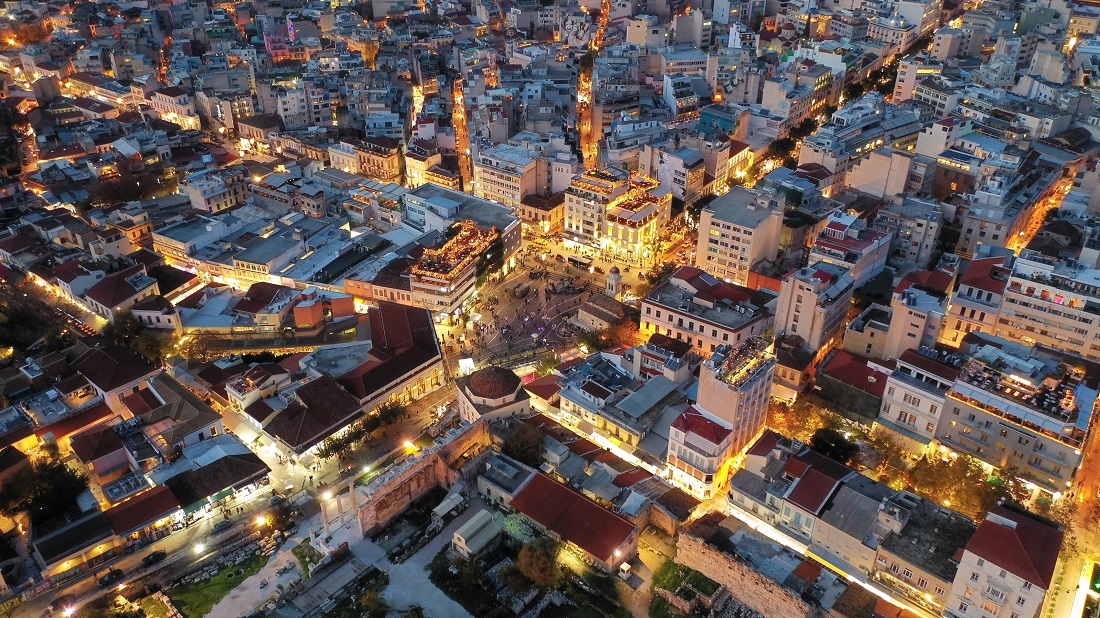
In the 70s and 80s, this street was in its heyday. It served as a gathering spot for teenagers and young people eager to explore the “magical” center of Athens. These young people, coming from popular neighborhoods throughout the basin, were driven by a rudimentary interest in entertainment and commerce. Monastiraki intensified its identity as a meeting point and a hub of political and cultural fermentation for all those whose families had migrated from the provinces. The unique clothes, books, and music sold here were enough to give each young visitor a personal sense of revolution. This sense of revolution could be something as simple as finding a rare vinyl record.
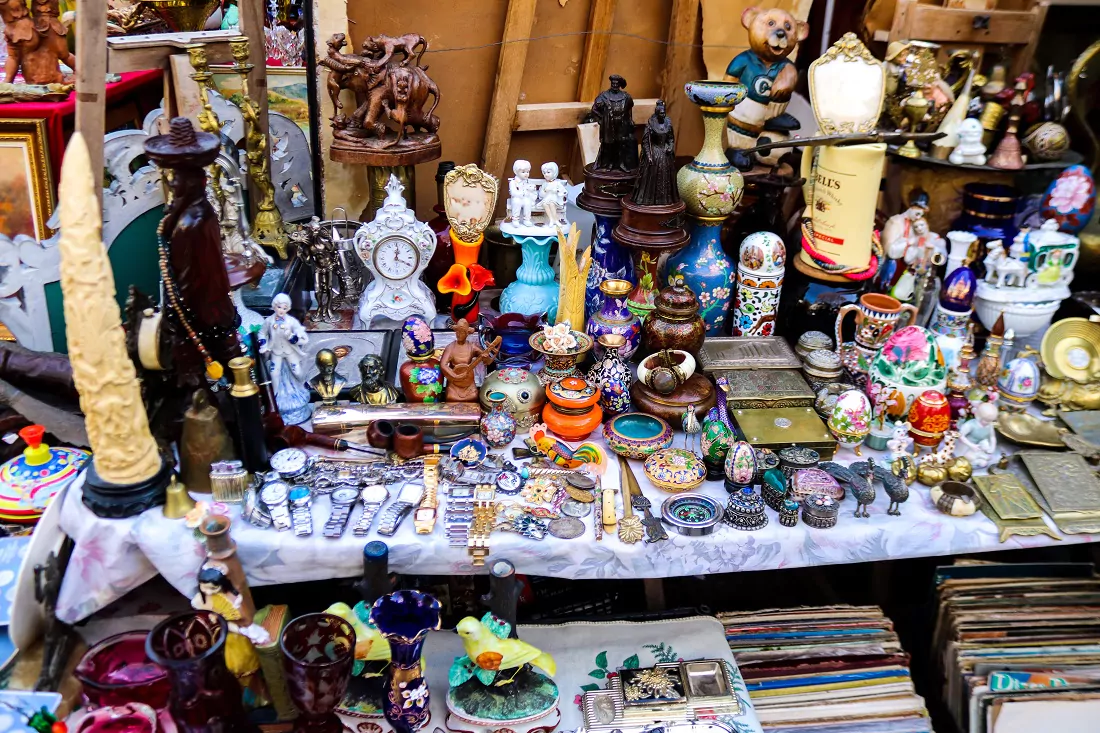
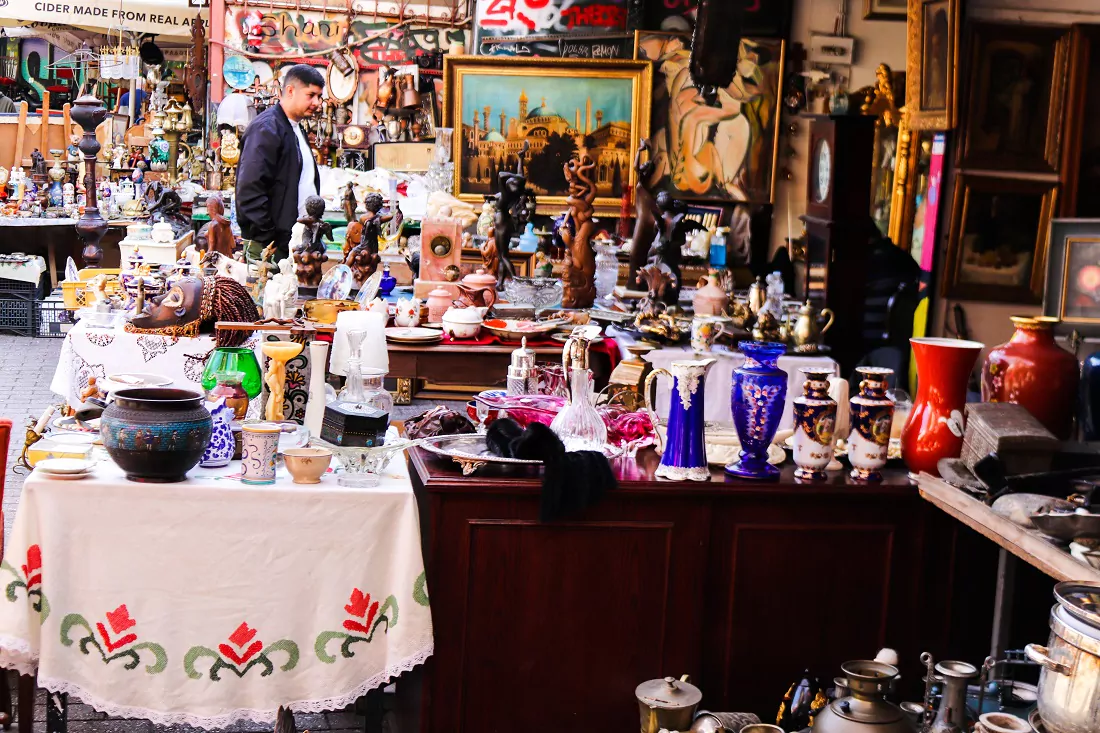
Monastiraki or else… Yusurum
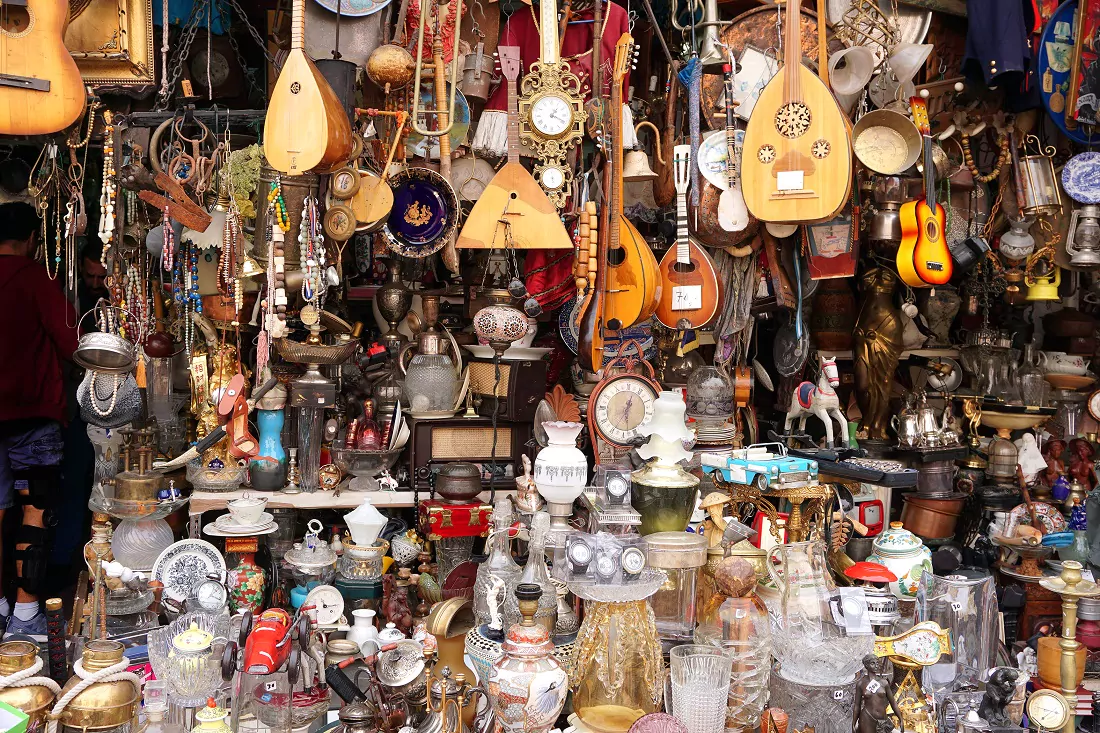
The inception of this bazaar is quite interesting. As local merchants recount, one Sunday, Yusurum was caught in a storm and returned home drenched. He took off his clothes to dry them in front of his house in the square. Soon, passers-by began asking if he was selling his clothes. Seizing the opportunity, the resourceful Yusurum started selling clothes he collected on Sundays. A member of his family, Elias Yusurum, even served as the vice-president of the Antique Dealers’ Association since 1912.
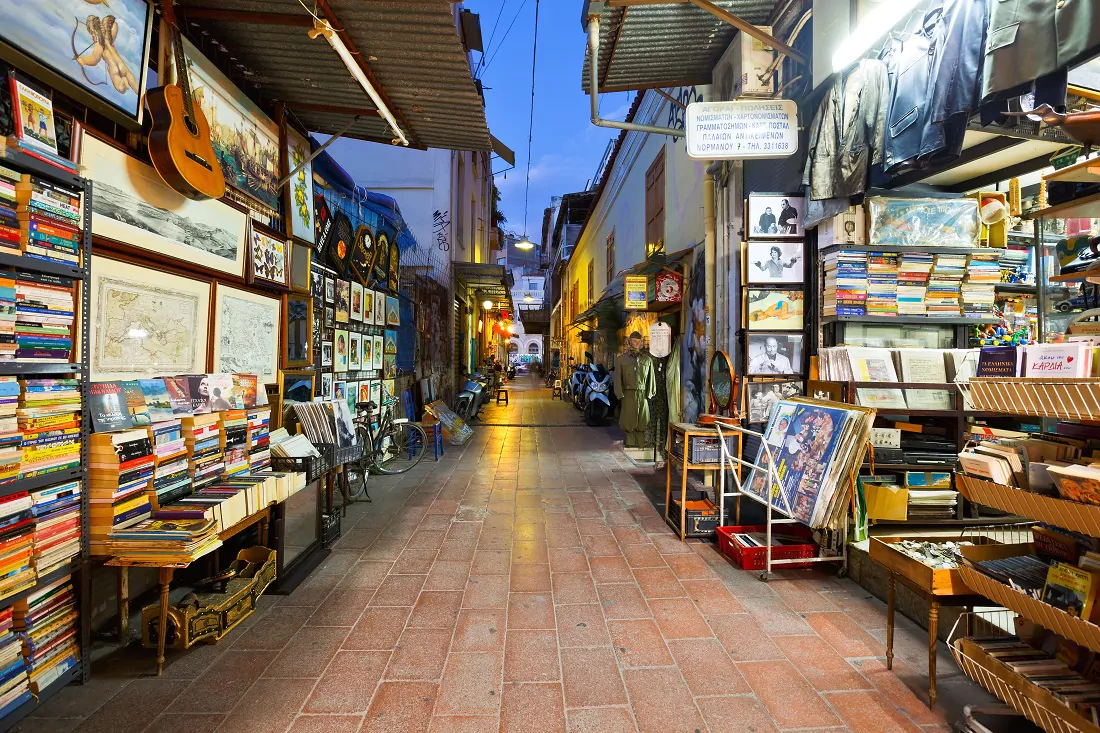
Things you may not know about Monastiraki
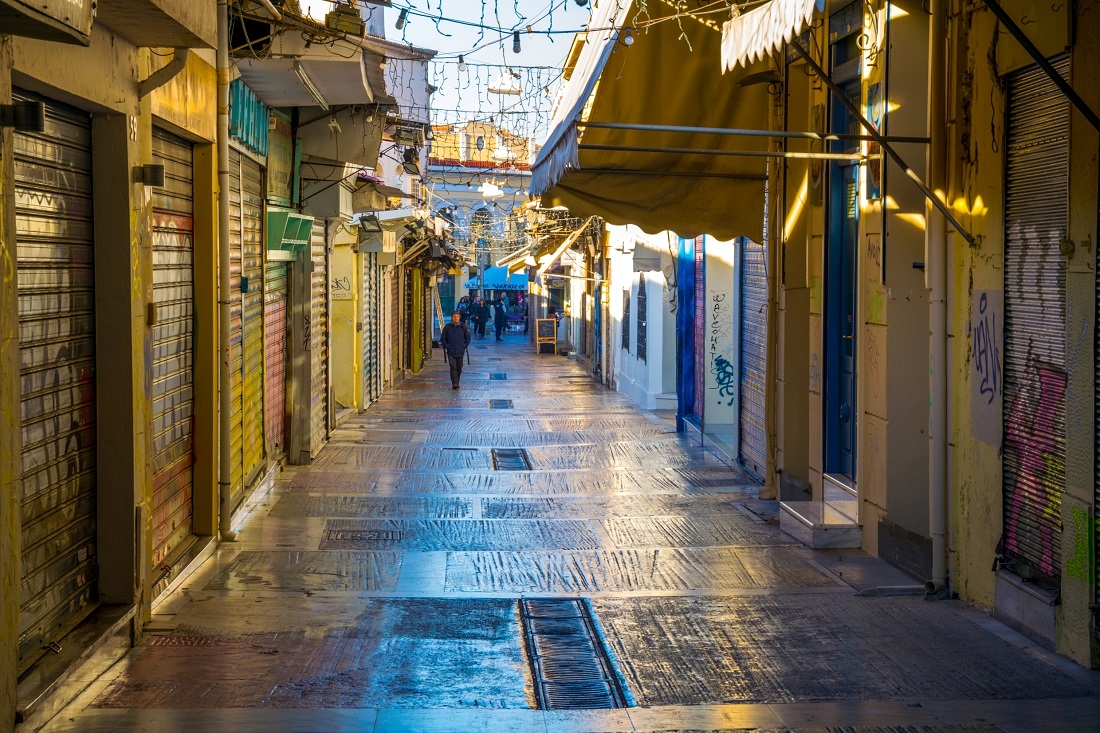
The area got its name from a nickname it received in 1868. At that time, the “Great Monastery of Pantanassa” spanned what is now Monastiraki Square and extended to Agias Irinis Street. This particular monastery thrived during the Turkish occupation, but over time, it declined so much that it went from being a monastery to becoming… Monastiraki ( “little monastery” in Greek). The parish church that stands in the square today was the central church of the monastery and is the only remaining building from it.
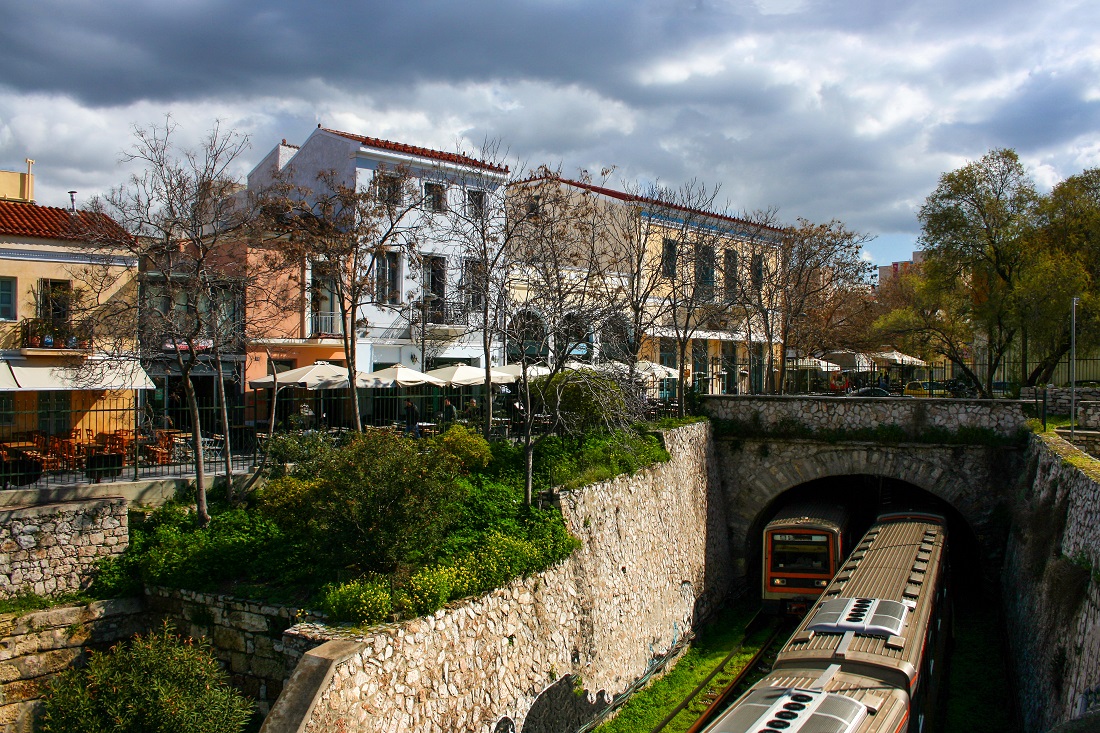
The area’s electric station (ISAP) was inaugurated on May 17, 1895. It’s one of the oldest landline stations, built to connect the city of Athens with the port of Piraeus. The station was originally named Monastirion, a name that has been preserved on the signs of line 1. The station is partly open-air, of the open trench type, and partly underground.
Inside the station, which now serves a metro line, a vast array of archaeological findings are on display. These range from residential remains from the 8th century BC (Geometric period) to the 19th century AD. The exhibits include buildings, workshops, tombs, and numerous water supply and sewage systems. This makes the station a small open-air museum, offering an imaginary walk through ancient Greece.
The station was built on the bed of the Eridanos River. This once-sacred river of the Athenians posed significant challenges during the creation of the metro. Traces of its lost bed were rediscovered during these works and are now partially visible in a special exhibition area.
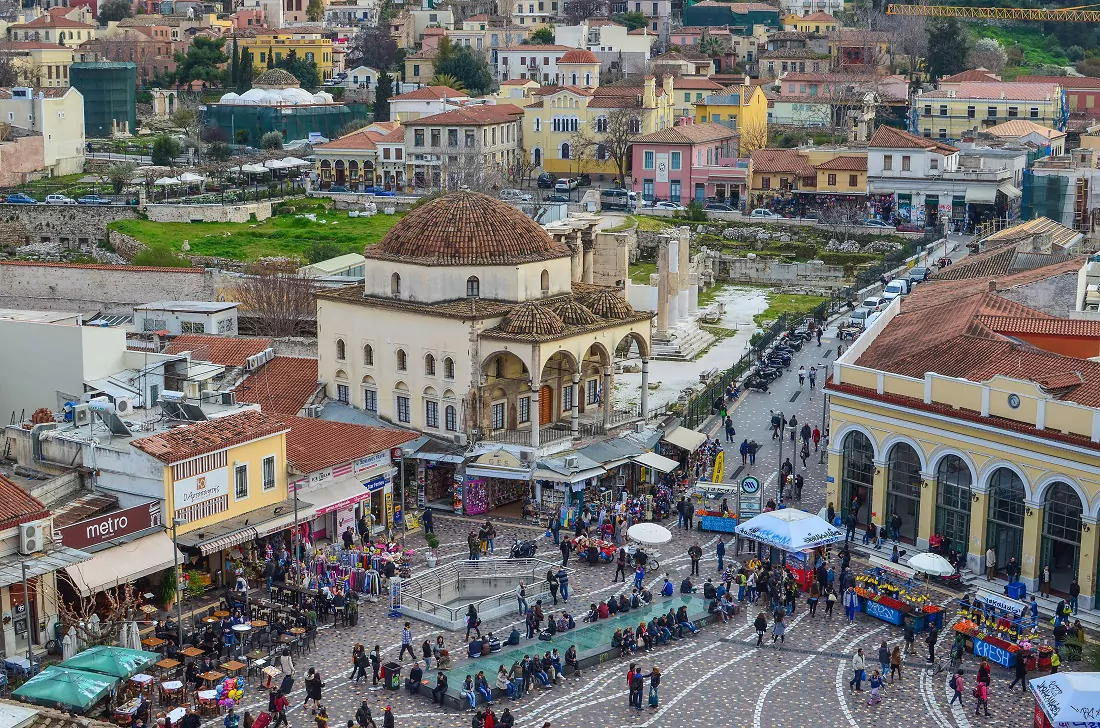
The Tzistarakis Mosque, situated in Monastiraki Square, was named after the Ottoman Voivode of the town, Mustafa, also known as Aga Tzistarakis. The name of the mosque was also the Mosque of Kato Sintrivani, from a nearby fountain that was supplied by the Eridanus River. Many of the shops located beneath the mosque, which sell leather shoes and bags, are prime locations for cobblers.
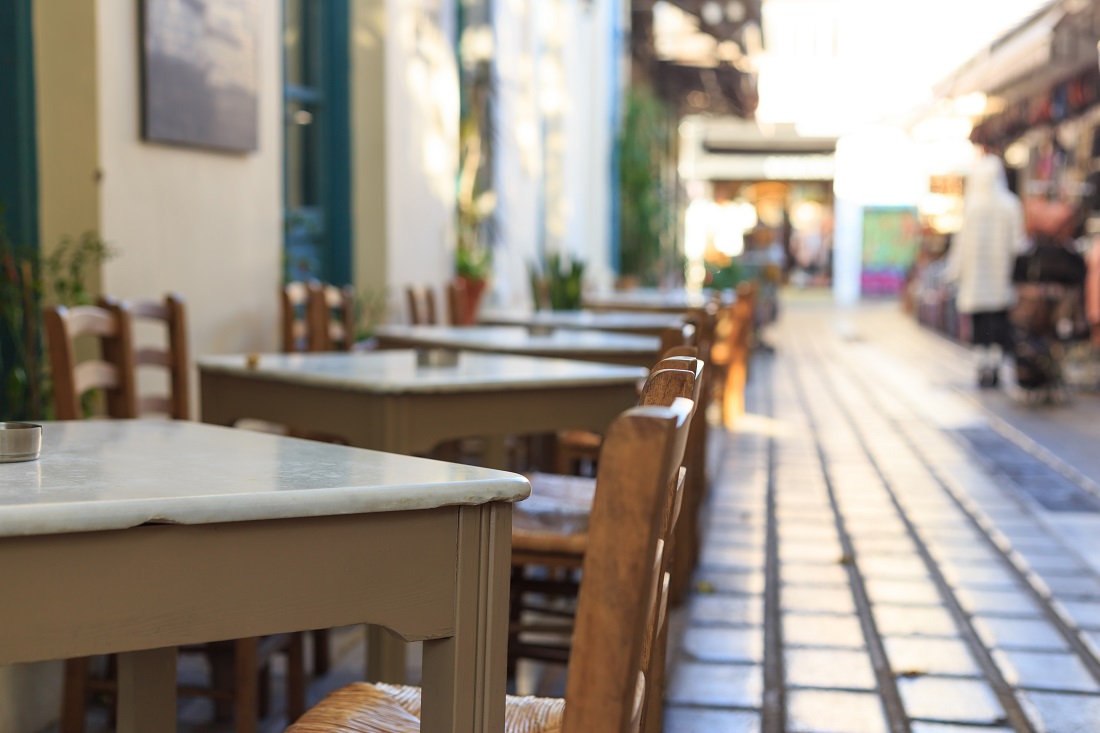
The most renowned Athenian souvlaki comes from Braiktaris. This shop, located on the upper side of the square, has been standing for 142 years. Spyros Baraiktaris, who arrived in Athens at the age of 17, learned all the trade secrets while working as a simple employee. In the 80s, he bought the store from its then-owner, Yiannis Sigalas.
Travel to Greece – Google News – Follow us
Old Athens: Pictures of Patision Avenue from another era
The gifts to the traffic warden: A custom from the Old Athens


